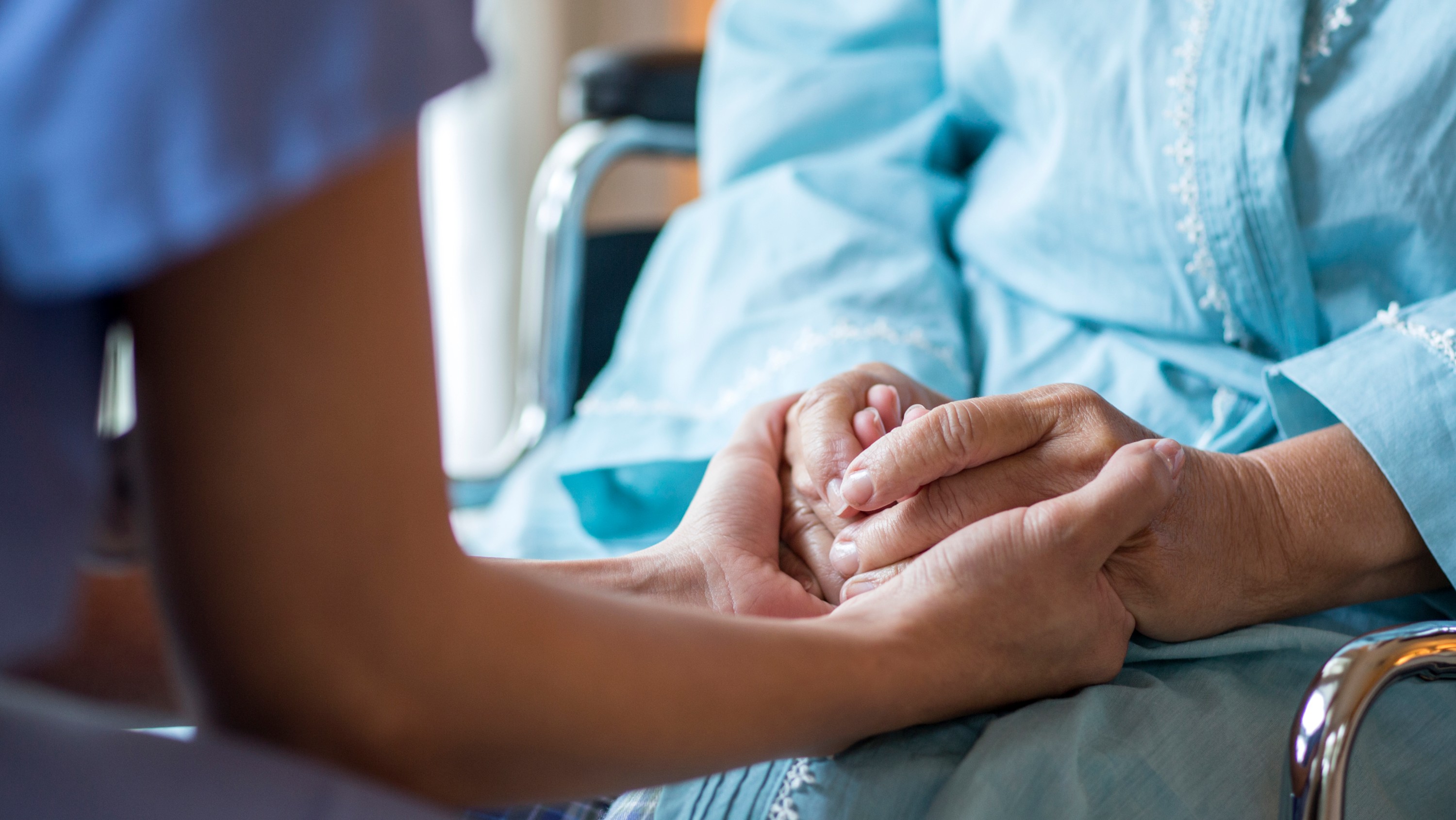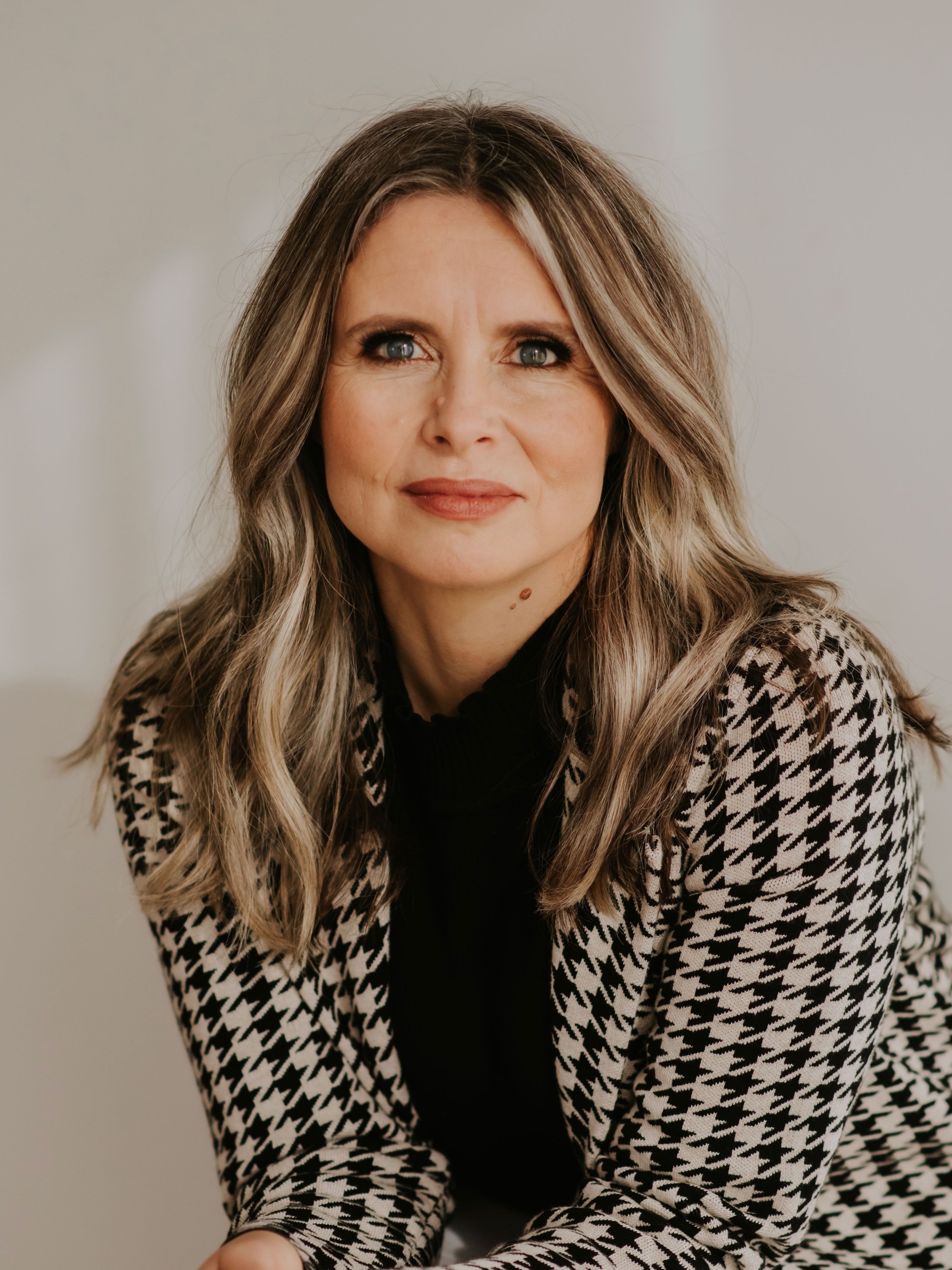When Gillian Lemermeyer decided at age 17 to become a nurse, she was following in her mother’s footsteps, so she expected her mom to be thrilled when she told her the news.
“I was surprised when she grew very serious,” Lemermeyer remembers. “She said, ‘OK, but do you understand what it means to be looking after people in this way?’”
Many years later, after working as a neonatal intensive care unit (NICU) nurse and now as an assistant professor in the Faculty of Nursing, Lemermeyer understands the depth of her mother's question.
“What happens between a nurse and a patient is more than a transactional thing,” she says. “Built in is the significance of the privilege we have as nurses to be alongside people as they’re being born, as they’re dying. It’s meaningful work, and each of these moments contains ethics.”
“My mother was passing along to me her whole nursing philosophy, and she’s the best nurse I’ve ever known.”
Lemermeyer’s research focuses on the ethics of the nurse-patient relationship and how that relationship will be shaped by the proliferation of technology, particularly artificial intelligence, in health care.
Everyday ethics
Lemermeyer first became interested in ethics early in her career when she’d sometimes hear colleagues present what she considered to be a false dichotomy: Who would you prefer to take care of your child — someone with a good bedside manner or an expert clinician?
“I remember thinking, ‘How in the world can they exist separately?’” she says.
She continues to build on her knowledge of what constitutes the best care as she trains nursing students at the University of Alberta.
“How can we develop more ethically sensitive practitioners, teaching nursing students to think about not just big ethical dilemmas, but also what we call ‘everyday ethics,’ all of the encounters with others we have in a day?” she asks. “We have these opportunities to connect with people so they feel cared for (or not).”
Lemermeyer employs a research approach known as phenomenology, the study of everyday experiences and their meanings, to understand the “embodied ethics” of nursing— in other words, the things nurses know in their bodies through their daily practice.
Lemermeyer interviews NICU nurses about the gestures and activities of their practice — changing a diaper, inserting an intravenous line, comforting a child in pain — to highlight and better understand the inherently ethical nature of the nurse-patient relationship.
“The experienced nurse moves deftly: turning, repositioning, containing, supporting, lifting, guiding the baby’s little body to find a comfortable position,” Lemermeyer writes in her paper about the ethics of NICU nurses’ touches. “Without needing to think it through, make a plan, or use an algorithm or other prescription, it seems the know-how to soothe a babe is expressed as coming from the nurse’s hands.”
Reckoning with artificially intelligent technologies
Lemermeyer wonders how the relationship will be influenced by the increasing use of technologies in health care. For example, to make up for limited spots in real-life clinical settings, student nurses now train using high-fidelity mannequin patients that have blinking eyes and beating hearts.
Are the “touches and gazes, movements and habits that facilitate connection between nurses and patients” lost when the patient is not human? Or does technology present an opportunity for the students to learn through trial and error, possibly making mistakes that would not be well tolerated by real patients? Technologies enable both of these things to happen, and we must be vigilant to understand their full effects, Lemermeyer says.
Technologies have always extended and augmented the care nurses provide. In the early days it was warm compresses and poultices. The difference with digital and AI technologies may be the rate at which they are being designed and the lack of knowledge most bedside nurses will have about how they work and their full impacts, she points out.
“You will rarely hear me refer to a technology as simply a tool, which suggests it’s something that we can autonomously pick up and put down.”
Instead, she says nurses’ relationships with humans and technology together shape “how we are as health professionals — just like with our smartphones, we become enmeshed with health-care technologies as we use them.”
Lemermeyer wants to ensure we are thoughtful as nurses adopt new technologies. Her next project will examine ethical questions raised by the use of AI and machine learning in health-care settings. For example, algorithms can rapidly process results, making diagnoses quicker and more accessible to health professionals, but they can’t replace the sensitivity or skill of the human who delivers the diagnosis.
For Lemermeyer, that patient-caregiver relationship her mother told her about all those years ago remains the most important feature of nursing practice.
“In the end, we have vulnerable sick people who rely on us to respond to them in the best way we can, whether that is to try and heal them or whether that is to be alongside as they enter or leave this world,” Lemermeyer says. “That’s the real nursing perspective — I’m with you, no matter how difficult this gets; I may not have all the answers, but I will be with you.”

